
The 1970s. Just saying the decade’s name conjures images, doesn’t it? Perhaps it’s disco balls glinting under strobe lights, bell bottoms swaying, or maybe the hum of a cassette player. But beneath the vibrant pop culture, this wasn’t just any decade; it was a whirlwind of global transformations, a true “pivot of change” as historians now increasingly portray it. It was a time when the world seemed to hold its breath, witnessing seismic shifts that would redefine nations, redraw maps, and send established powers and figures into the annals of history, often with breathtaking speed.
Indeed, if the 1960s were about challenging the status quo, the 1970s were about seeing those challenges manifest into profound, irreversible changes. It was a decade where stability often gave way to upheaval, where long-standing political structures crumbled, and where leaders, once thought invincible, simply… disappeared from their pedestals. We’re talking about more than just a changing of the guard; we’re talking about moments that fundamentally altered the course of history, leaving us to wonder: how did it all happen so fast?
So, buckle up, because we’re about to take a whirlwind tour through twelve iconic moments of the 1970s. These aren’t just dry historical facts; they’re the dramatic stories of power shifts, unexpected exits, and the literal vanishing acts of major players and entire eras that defined a decade. Get ready to explore the compelling tales of those who exited the stage, sometimes gracefully, sometimes dramatically, leaving an undeniable void and a new world in their wake.
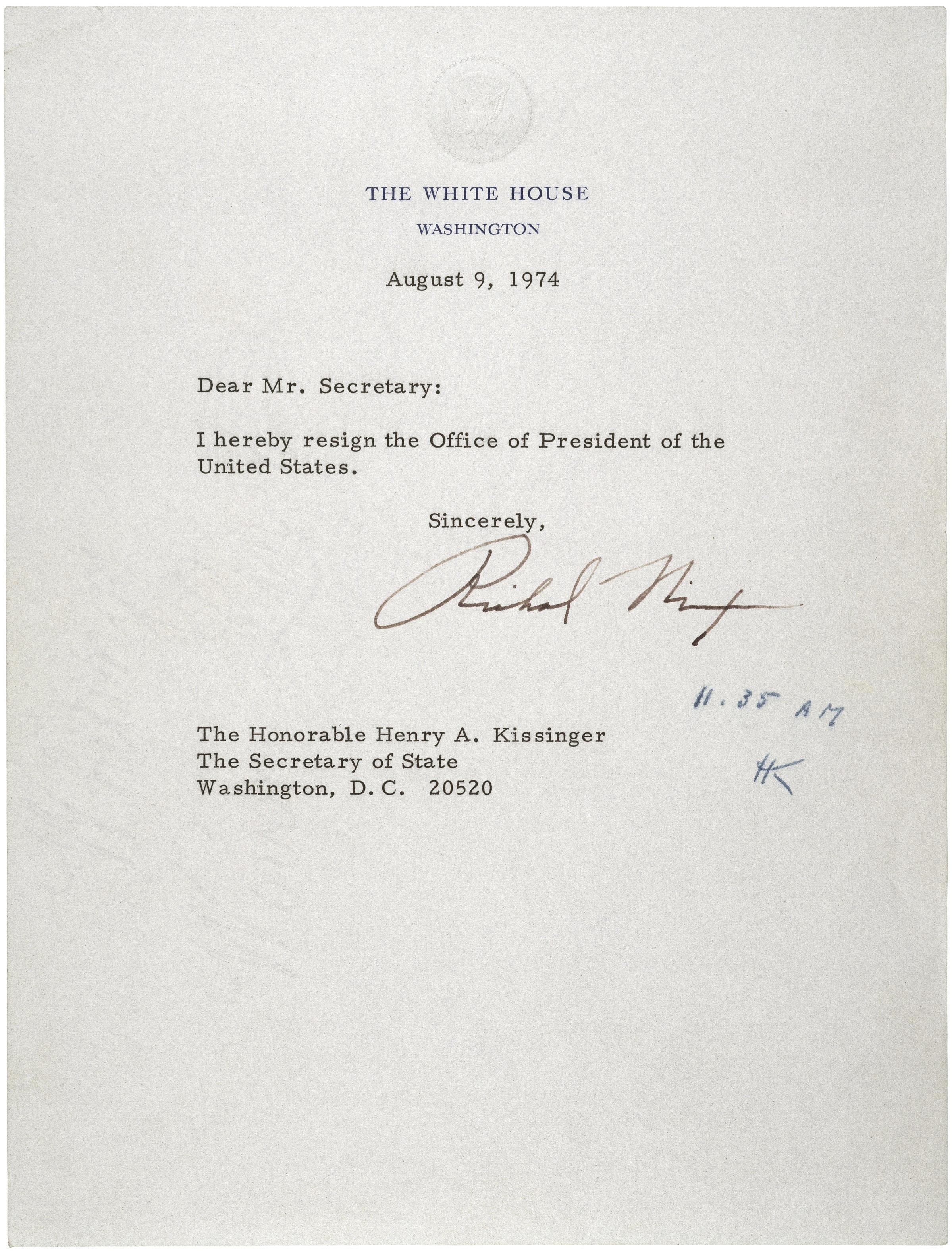
1. **The Dramatic Exit: Richard Nixon’s Resignation and the Shadow of Watergate (1974)**Imagine being the most powerful man in the world, leading a nation, and then, almost overnight, your career, your legacy, and your very presence in the Oval Office simply evaporate. That’s exactly what happened on August 9, 1974, when United States President Richard Nixon resigned from office. This wasn’t a planned retirement or a gracefully handed-over baton; it was a dramatic exit, brought on by the crushing weight of the Watergate scandal and the looming threat of impeachment, a true political vanishing act for the ages.
The scandal, which began with a break-in at the Democratic National Committee headquarters, slowly but surely unraveled Nixon’s administration, exposing layers of intrigue and abuse of power. The public had already been on edge, with the New York Times leaking information regarding the nation’s involvement in the Vietnam War earlier in the decade. This heightened scrutiny meant that the American public was particularly attuned to government transparency, making the Watergate revelations even more explosive. Nixon’s downfall was a stark illustration of how rapidly public trust, once eroded, can lead to the “disappearance” of a leader’s mandate.
Facing charges for impeachment, President Nixon made the unprecedented decision to step down, becoming the first and only U.S. president to resign. His iconic V-for-victory sign as he departed the White House became one of the defining images of the decade, a poignant symbol of a leader’s abrupt disappearance from the pinnacle of power. It captured the raw emotion of a moment when the long-standing leader of the free world was forced to relinquish his position under intense pressure and public outcry.
This momentous event profoundly impacted American political culture, fostering a new era of cynicism toward government but also reinforcing the power of democratic checks and balances. It marked a significant moment not just for American politics, but for the entire Western world, where the social progressive values that began in the 1960s continued to grow, fostering increasing political awareness and holding even the highest office accountable. The 1970s truly showed that no one was above the law, and that even presidents could vanish from the political scene under public scrutiny, leaving behind a legacy forever marked by scandal and an early exit.

2. **The End of an Era: The Fall of Saigon and the Vietnam War’s Final Chapter (1975)**For two decades, the Vietnam War had cast a long, dark shadow over global politics, particularly in the United States. But as the 1970s unfolded, this protracted conflict began its dramatic, irreversible retreat, culminating in a defining moment of “disappearance” for an entire geopolitical entity and an end to an era of intense military involvement. The United States had been deeply involved in the war, a fact brought to light by leaks of information regarding the nation’s involvement. Eventually, political pressure, spurred by public dissent, led to America’s official withdrawal from the war in 1973.
However, the complete disappearance of the conflict itself arrived on April 30, 1975, with the iconic Fall of Saigon. This event marked the unconditional surrender of South Vietnam, bringing an official end to the war. The images from that day – helicopters lifting off embassy rooftops, frantic evacuations of South Vietnamese, and the sight of North Vietnamese tanks rolling into the capital – became enduring symbols of a conflict’s final, desperate moments. It wasn’t just a military defeat; it was the dissolution of a nation as it had been known.
The following year, Vietnam was officially declared reunited, signaling the end of a war that had shaped a generation and defined a nation’s foreign policy for years. The long and arduous conflict, which had started in 1955, finally came to a close, allowing an entire region to begin the arduous process of rebuilding after years of turmoil. This outcome had profound implications for international relations, particularly for the major conflict between capitalist and communist forces that defined the Cold War.
The reverberations of this disappearance were felt globally, signaling a significant shift in the world’s power dynamics. It wasn’t just the cessation of hostilities; it was the vanishing of a major front in the Cold War, a shift in the balance of power, and a profound lesson in the limits of military intervention. The conflict’s end contributed to the policy of détente, promoting the idea that world problems could be resolved at the negotiating table, partially a reaction against policies that had brought the world dangerously close to nuclear war. The Vietnam War had literally disappeared from the daily headlines, but its lessons would echo for decades.
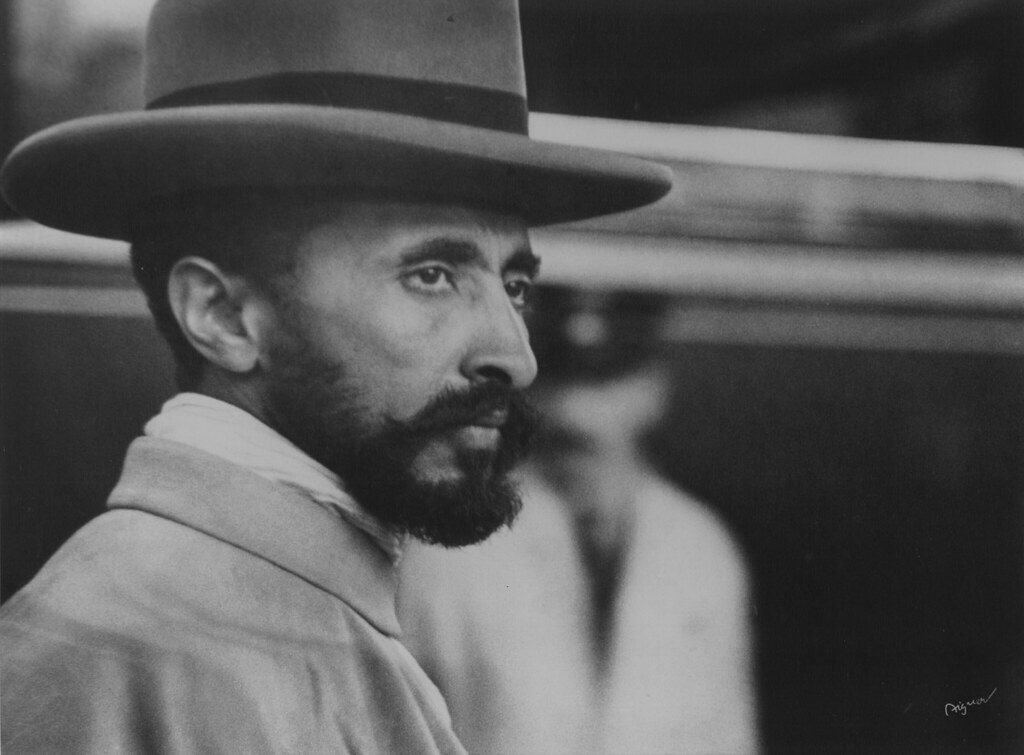
3. **A Monarchy’s Last Stand: The Overthrow of Haile Selassie in Ethiopia (1974)**Throughout history, monarchies have often been seen as enduring symbols of continuity and tradition, lines of rule stretching back centuries. Yet, the 1970s proved that even the longest-reigning royal lines could simply vanish, almost overnight. Such was the dramatic fate of Emperor Haile Selassie of Ethiopia, whose rule, and indeed his ancient monarchy, came to an abrupt end in 1974. His overthrow marked the definitive disappearance of one of the longest-lasting monarchies in world history, a seismic shift in African politics and a powerful indicator of the decade’s turbulent nature.
Selassie, a revered figure on the international stage and a symbol of African independence, was ousted from power by a military coup. This internal upheaval was led by the communist junta, with General Aman Andom and Mengistu Haile Mariam at its helm. This event was a stark reminder of the wave of frequent coups, domestic conflicts, and civil wars plaguing many regions during the decade, particularly in Africa. The continent was experiencing both the gains of decolonization and the endemic instability that often followed, presenting a duality of progress and profound disruption.
The disappearance of the Ethiopian monarchy wasn’t just a local affair; it was part of a broader, often violent, pattern of political upheaval across Africa. While countries like Angola and Mozambique were gaining independence from the Portuguese Empire after the Carnation Revolution in Portugal, Africa was simultaneously plagued by relentless military coups, civil wars, and famine. Selassie’s downfall served as a powerful emblem of a continent in flux, where established leadership could be swept away by new, often revolutionary, forces.
The dramatic end of Selassie’s reign, which had begun long before the 1970s, symbolized a fundamental change in the political landscape of the continent. It highlighted how rapidly power structures could crumble, leading to unexpected voids and new, often authoritarian, regimes. The emperor’s absence from the throne was not merely a transition but a complete rupture with a historical past, a truly profound vanishing from the world stage for both a leader and an ancient system of governance.
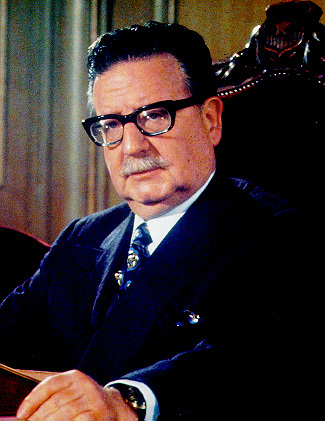
4. **A Nation Divided: Salvador Allende’s Tragic Fall and Pinochet’s Ascent in Chile (1973)**The idea of a democratically elected leader being abruptly removed from power is a chilling one, and it tragically became a reality in Chile in 1973. On September 11th of that year, Salvador Allende, the country’s Socialist president, was overthrown and killed during a military attack on the presidential palace. His sudden disappearance from power marked not just the end of a presidency, but the dramatic vanishing of a democratic system, replaced by a harsh military dictatorship, signaling a dark turn for the nation.
This coup d’état was far from a spontaneous event. Augusto Pinochet, backed by the military junta, seized control with the explicit assistance of the Central Intelligence Agency (CIA) of the United States. This external involvement was a stark illustration of the intense geopolitical rivalries of the 1970s, where American and Soviet intelligence agencies relentlessly jockeyed for control of smaller countries. They often gave funding, training, and material support to insurgent groups or new governments, each seeking to gain a geopolitical advantage and install friendly administrations. Allende, a figure who had sought a socialist path through democratic means, was tragically gone.
Pinochet would remain the dictator of Chile until 1990, establishing a government that mirrored a new political and economic trend: the replacement of Keynesian economic theory with neoliberal theory. The 1973 Chilean coup d’état brought the first neoliberal government to power, fundamentally altering the country’s economic and social fabric. This shift from a democratically elected government to an autocratic military regime was a profound “disappearance” of political liberty and civil rights for the Chilean people, ushering in an era of repression and authoritarian rule.
The events in Chile showcased how vulnerable nascent democracies could be to internal and external pressures during this turbulent decade. It was a period characterized globally by frequent coups, domestic conflicts, and the struggle between major powers. Allende’s tragic end served as a stark reminder that in the 1970s, political landscapes could shift drastically, and established leaders could vanish, sometimes violently, from the public eye and from power, leaving behind a legacy of ideological conflict and human cost.
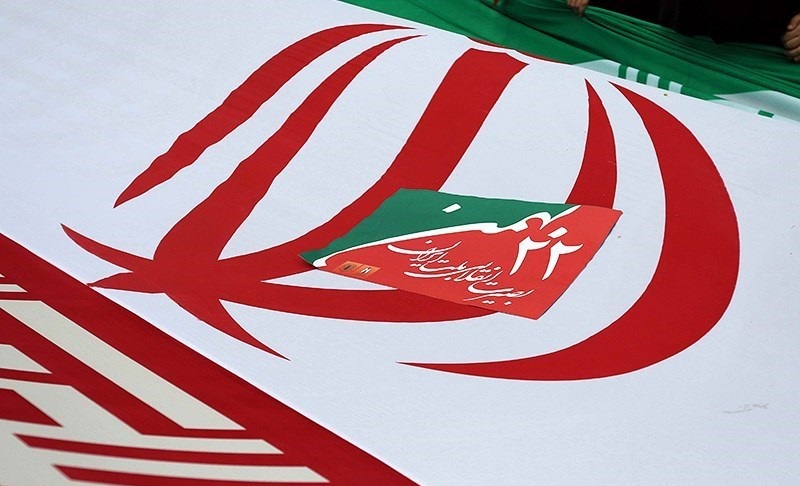
5. **Revolution’s Roar: The Iranian Revolution and the Shah’s Vanishing Reign (1979)**As the 1970s drew to a close, another monumental “disappearance” unfolded on the world stage, one that would redefine an entire region and reverberate globally. The Iranian Revolution of 1979 transformed Iran from an autocratic pro-Western monarchy under Shah Mohammad Reza Pahlavi to a theocratic Islamist government under the leadership of Ayatollah Ruhollah Khomeini. It was a complete overthrow, a total vanishing act for a ruling dynasty that had been a significant player in Middle Eastern geopolitics for decades, almost beyond imagination.
Political tensions had been building in Iran, fueled by internal dissent against the Shah’s rule and his close ties to Western powers. These tensions exploded, reaching a fever pitch by 1979, resulting in the ousting of Mohammad Reza Pahlavi. This represented not just a change in leadership, but a fundamental shift in the very identity and governance of a nation. The Pahlavi dynasty simply ceased to exist as a ruling power, with the Shah going into exile, his previous authority completely eroded and vanished.
The revolution’s aftermath quickly became a global flashpoint. Distrust between the new revolutionaries and Western powers escalated rapidly, leading to the infamous Iran hostage crisis on November 4, 1979. During this dramatic event, 66 diplomats, mainly from the United States, were held captive for 444 days, effectively becoming symbols of the deep animosity that had taken root. This crisis solidified the “disappearance” of the old order and ushered in a new era of Islamic fundamentalism.
According to the context, this new wave of thought “appeared in the form of Islamic fundamentalism, as the Shi’a theocracy of Ayatollah Ruhollah Khomeini overthrew the Shah of Iran and declared itself hostile to both Western democracy and godless communism.” The Iranian Revolution profoundly affected global attitudes toward and among those of the Muslim faith toward the end of the 1970s. The Shah’s world was gone, replaced by a dramatically different reality that would continue to shape international relations for decades to come.
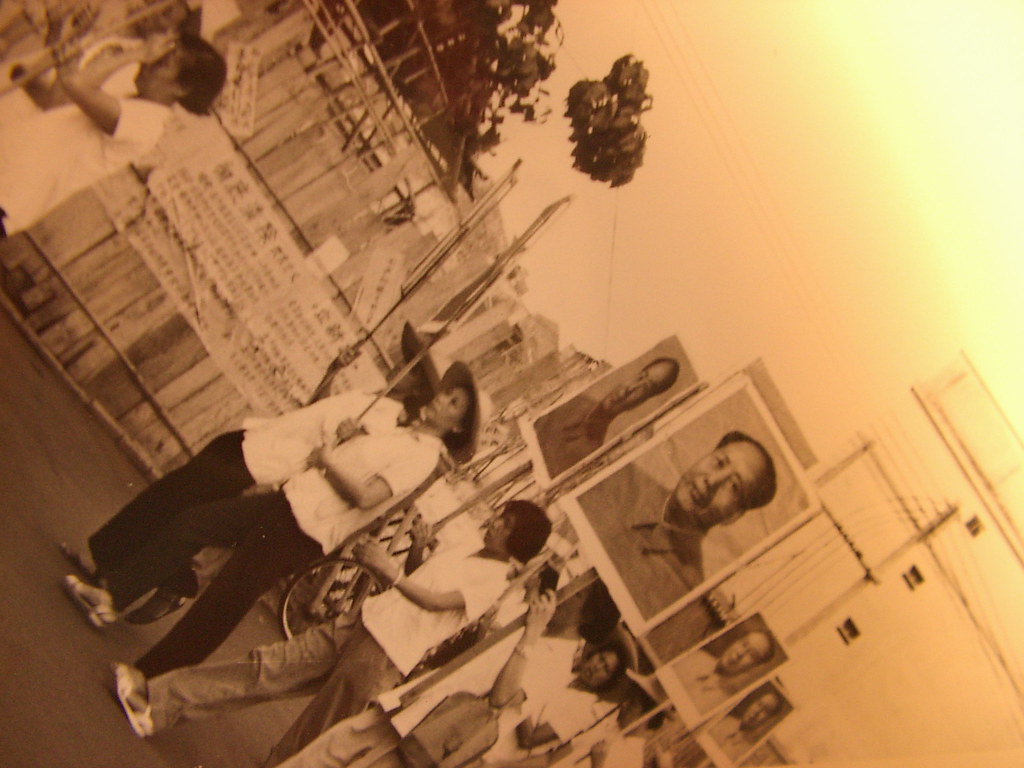
6. **China’s Shifting Sands: The Death of Mao Zedong and the Cultural Revolution’s Twilight (1976)**
The 1970s also witnessed a colossal “disappearance” in Asia, one that had been building for years and profoundly reshaped the world’s most populous nation. In 1976, Mao Zedong, the paramount leader and architect of the People’s Republic of China, passed away. His death marked the literal disappearance of a figure who had dominated Chinese politics for decades, but it also signaled the symbolic disappearance of an entire ideological era, a watershed moment for a billion people.
After the brief rule of Mao’s chosen successor, Hua Guofeng, Deng Xiaoping emerged as China’s new paramount leader. This transition wasn’t just about a change of personnel; it represented a fundamental ideological shift away from Maoist dogma. Deng Xiaoping began to steer the country decisively towards market economics and away from purely ideologically driven policies, effectively signaling the “disappearance” of the Cultural Revolution’s dogmatic approach and a more isolated economic posture.
China’s international relations had already changed significantly following its recognition by the United Nations, and President Richard Nixon’s historic visit in 1972 had restored relations with the US, although formal diplomatic ties weren’t established until 1979. Mao’s disappearance from the scene thus paved the way for a new, economically focused China, an entirely different beast than the one he had forged, fundamentally altering the trajectory of one-fifth of humanity and marking a pivotal moment in global history.
Okay, so we’ve already zipped through some seriously mind-blowing vanishings from the earlier part of the ’70s. But trust us, the decade wasn’t done yet! The later half brought even more jaw-dropping disappearances, from entire utopian communities to the final gasps of empires and brutal regimes. Get ready, because these next six stories are just as wild, and they truly cement the 1970s as a time when absolutely anything could – and did – happen.

7. **The Vanishing Utopia: Jonestown and the People’s Temple Tragedy (1978)**Imagine a place where people left everything behind, seeking a perfect, socialist paradise in the lush jungles of Guyana. That’s the dream Reverend Jim Jones sold to hundreds from his People’s Temple in California, leading them to create a commune he called Jonestown. It was meant to be a utopian Marxist community, a fresh start away from the complexities of the outside world, a place where their aspirations could truly take root.
But as with so many seemingly perfect visions, a dark underbelly soon emerged. Allegations of corruption, as well as mental, sexual, and physical abuse by Jones himself, began to surface. Followers were reportedly denied the right to leave Jonestown, trapped in a nightmare far from the paradise they’d envisioned. It was a stark contrast to the freedom they’d sought, a chilling disappearance of personal liberty.
In November 1978, a U.S. Congressional committee, accompanied by journalists, decided to visit Guyana to investigate these grave allegations. You’d think such an official visit might bring some clarity or hope for those wanting to escape, right? Instead, it led to a terrifying confrontation, culminating in an attack on the visitors and several defectors at the airport as they tried to depart, with Congressman Leo Ryan tragically among those shot to death.
Following this horrific act, a demented Jim Jones ordered everyone in the commune to commit suicide. The context states that people drank, or were forced to drink, cyanide-laced fruit punch (Flavor Aid). The grim reality was staggering: over 900 people were found dead, approximately one-third of whom were children, with Jones himself among them, having shot himself. This wasn’t just a political vanishing act; it was the chilling, absolute disappearance of an entire community, a ‘utopia’ consumed by its own darkness, leaving behind a haunting legacy and a profound cost of $4.4 million in taxpayer dollars for the clean-up and recovery operation.
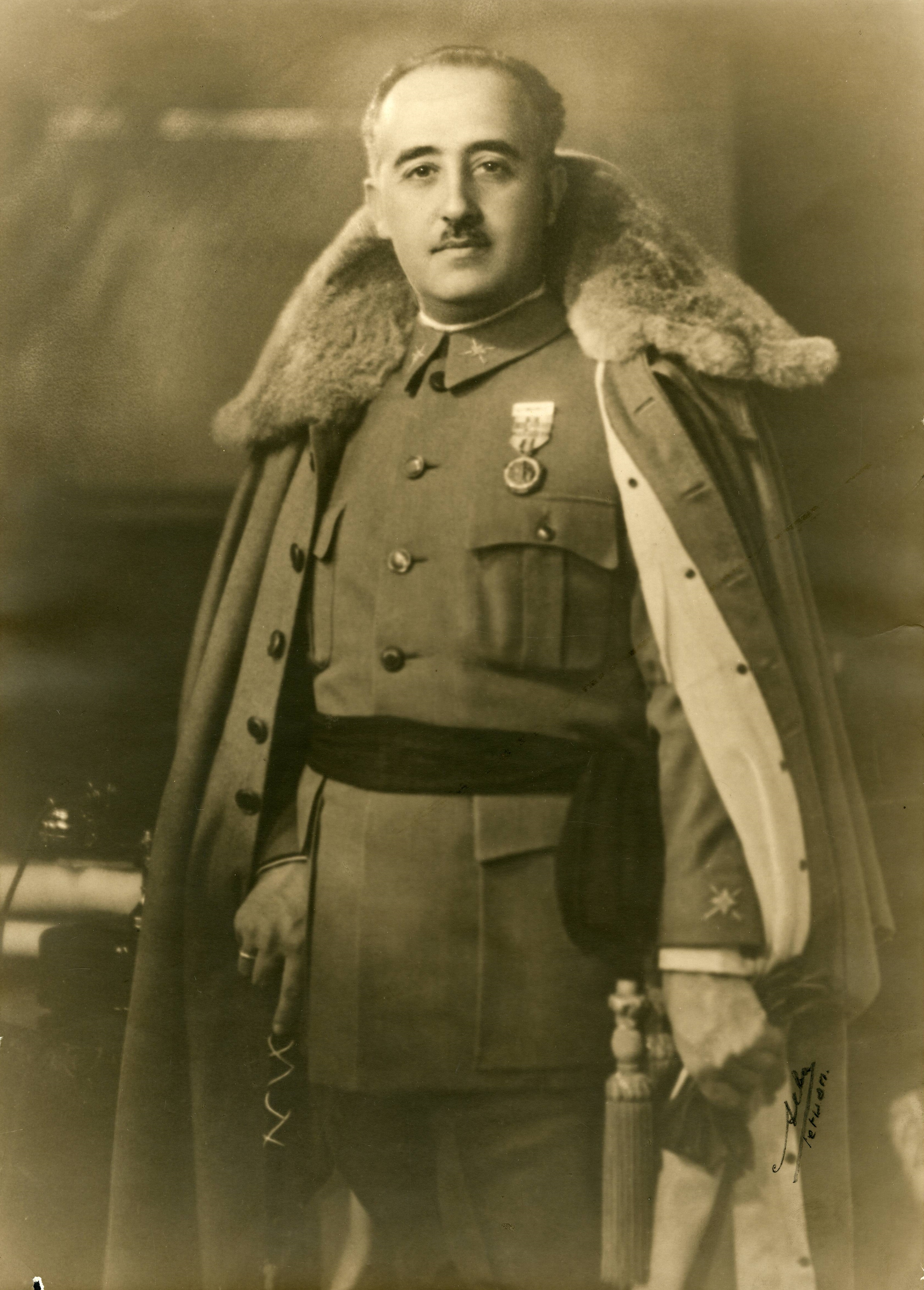
8. **The Death of a Dictatorship: Franco’s End and Spain’s Democratic Dawn (1975)**For nearly four decades, Francisco Franco had been the iron-fisted ruler of Spain, his dictatorship casting a long shadow over the nation. His regime was a relic of a bygone era, and his passing in 1975 marked the literal end of an epoch. It was a truly monumental disappearance, not just of a leader, but of an entire authoritarian system that had shaped Spanish life for generations, opening a door to an uncertain but hopeful future.
Upon Franco’s death, Juan Carlos I was crowned King of Spain. And here’s where the plot twist comes in: instead of continuing the authoritarian legacy, the new monarch surprised many by calling for the reintroduction of democracy. Talk about a seismic shift! This courageous move set Spain on an entirely new trajectory, signaling a profound vanishing of the old guard and the dawn of a new political era for the country.
The path to democracy moved with remarkable speed. The first general elections were held in 1977, and Adolfo Suárez became Prime Minister after his Centrist Democratic Union won. Crucially, the Socialist and Communist parties, long suppressed under Franco, were legalized. The transformation culminated with the signing of the current Spanish Constitution in 1978, solidifying the nation’s commitment to democratic principles.
So, in a relatively short span, Spain witnessed the complete disappearance of a brutal dictatorship and the rise of a vibrant democracy. It was a powerful testament to the resilience of a nation and the desire for freedom, showing that even the most entrenched regimes could vanish, making way for systems that prioritized liberty and civil rights, echoing the social progressive values seen across the Western world.

9. **Détente’s Demise: The Soviet Invasion of Afghanistan (1979)**Throughout much of the 1970s, the world breathed a collective sigh of relief as superpower tensions cooled. The bellicose confrontations of the 1950s and ’60s between the US and the Soviet Union had given way to a policy known as détente, a period characterized by a desire to lessen the chance for conflict and promote the idea that global problems could be resolved at the negotiating table. It felt like a significant, welcome disappearance of Cold War brinkmanship, a hopeful sign for the future.
This policy was, in part, a reaction against the hair-raising policies of the previous 25 years, which had brought the world dangerously close to nuclear war on several occasions. The US, weakened by its failure in the Vietnam War, also sought to restore ties with the People’s Republic of China as a counterweight against Soviet expansionism. Détente was meant to be the new normal, a careful balancing act of diplomacy and cautious engagement.
However, all that changed, and dramatically so, at the very end of the decade. On December 27, 1979, the Soviet Union invaded Afghanistan. This wasn’t just another regional conflict; it was a profound “disappearance” of the policy of détente itself. The careful diplomacy and efforts to reduce tensions evaporated almost overnight, replaced by a renewed, aggressive display of superpower interventionism, chilling relations between East and West.
The Soviet invasion effectively ended the period of thawing relations, plunging the world back into a more confrontational Cold War stance that would define the 1980s. It was a stark reminder that geopolitical policy shifts could be sudden and brutal, fundamentally altering the global landscape. The optimism of détente vanished, replaced by a renewed sense of unease and the specter of proxy wars, signaling a new chapter in the ongoing superpower rivalry.
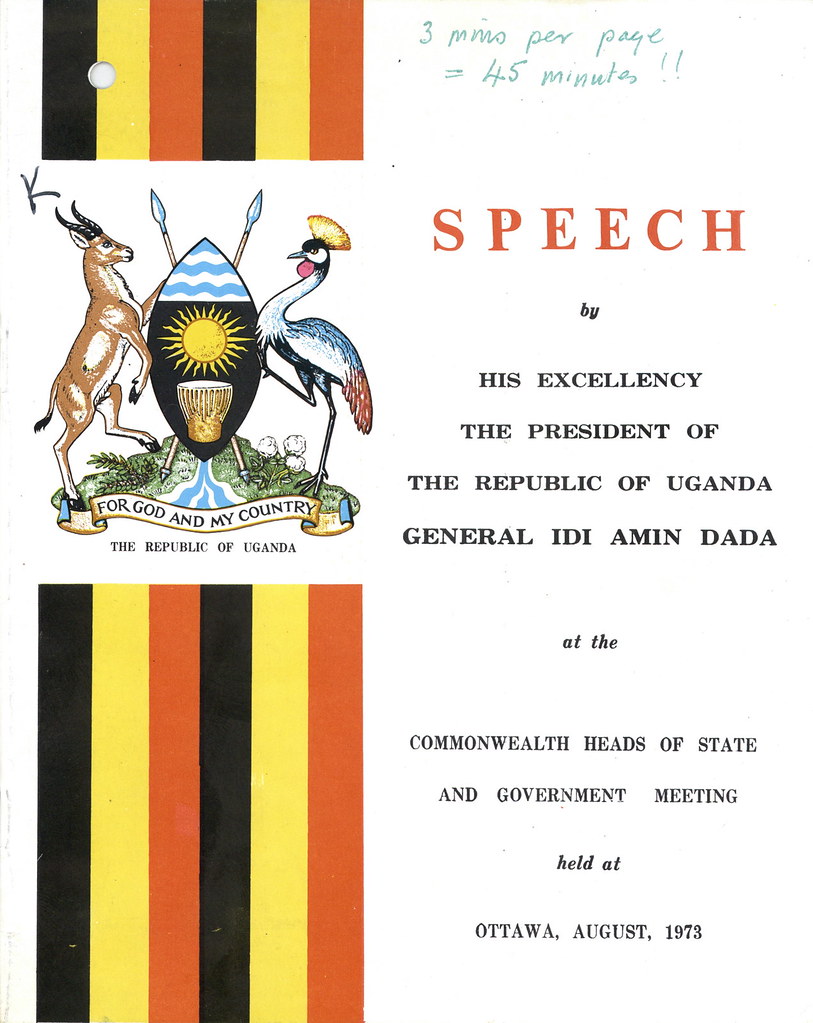
10. **The Fall of Brutal Regimes: Idi Amin’s Ousting in Uganda (1979)**If you’re looking for a leader who truly embodied the dark side of power in the 1970s, Idi Amin of Uganda fits the bill perfectly. Rising to power through a military coup in 1971, Amin’s regime quickly became infamous for its brutal dictatorship. His rule was characterized by the swift and violent disappearance of any opposition, creating a climate of fear that gripped the entire nation.
Amin wasn’t just a political persecutor; he also pursued a racist agenda, most notably removing Asians from Uganda. Many of these individuals, particularly Indians, had arrived during British colonial rule and contributed significantly to the country’s economy. Their forced expulsion was a dramatic, tragic disappearance of a vital part of Uganda’s social and economic fabric, leaving a void and causing widespread international condemnation.
The end of Amin’s reign came in a particularly dramatic fashion. In 1978, he initiated the Ugandan–Tanzanian War, driven by an expansionist agenda to annex territory from Tanzania. This proved to be a fatal miscalculation. Allied with Libya, his forces were ultimately defeated by Tanzania. This military setback led directly to Amin’s overthrow in 1979, signaling the spectacular disappearance of his tyrannical rule.
His ousting in 1979 brought an end to an era of terror and persecution, marking one of the decade’s most significant “disappearances” of a brutal regime. It showcased how even the most entrenched dictators could be brought down, often by their own hubris and the concerted efforts of regional forces. The fall of Idi Amin offered a glimmer of hope, proving that even in the darkest corners, oppressive powers could vanish, making way for a chance at rebuilding.

11. **An Empire’s Last Breath: Portugal’s Decolonization and African Independence (1975)**The 1970s didn’t just see individual leaders vanish; it witnessed the final, dramatic collapse of entire colonial empires. Take Portugal, for example. Its long-standing fascist regime was brought down by the Carnation Revolution on April 25, 1974, a military coup organized by the Armed Forces Movement. This movement, composed of military officers, was unexpectedly coupled with a popular campaign of civil support, leading to a profound internal transformation for Portugal itself.
But the ripple effects of this internal change were felt globally, especially in Africa. The Carnation Revolution ultimately led to the decolonization of all of Portugal’s colonies. Countries like Angola and Mozambique, which had been under Portuguese rule for centuries, gained their independence in 1975. This was a massive, collective “disappearance” of imperial control, fulfilling long-held aspirations for self-determination across the continent.
However, this newfound independence wasn’t without its challenges. The context mentions that decolonization left power vacuums that unfortunately led to civil wars in these newly independent Lusophone African nations. The Angolan Civil War, for instance, raged from 1975 to 2002, involving international intervention from multiple countries. Mozambique also faced intense internal conflict, showing that the disappearance of colonial rule often ushered in new struggles.
This period vividly illustrates the complex duality of progress and profound disruption in Africa during the 1970s. While independence marked a monumental step forward, the ensuing conflicts demonstrated how the vanishing of an imperial power could leave deep scars and instability, reshaping the political landscape for decades. It was a stark reminder that the end of one era often creates the crucible for another, equally challenging one.

12. **The Khmer Rouge’s Reign of Terror and Its Violent End (1975-1979)**Remember how the Vietnam War ended with the Fall of Saigon in 1975? Well, that same year, another brutal chapter began to unfold in neighboring Cambodia. On April 17, 1975, the communist leader Pol Pot, leading his Khmer Rouge forces, captured Phnom Penh, the capital. This marked the dramatic disappearance of the American-backed government and the ascent of one of history’s most terrifying regimes.
The Khmer Rouge wasn’t just about changing leadership; they aimed to establish a radical, Marxist agrarian society. Their methods were terrifyingly extreme: people were forcibly evacuated from cities to clear jungles, and anyone who spoke foreign languages, had any form of education, or even wore glasses, was targeted. Buddhist priests and monks faced torture or execution. This was a systematic “disappearance” of intellectuals, culture, and basic human rights, leading to the Cambodian genocide.
The scale of the horror is almost impossible to comprehend. As many as 3 million people may have died under Pol Pot’s rule, a truly devastating human cost that shocked the world. The brutal regime, however, did not last indefinitely. In a dramatic turn of events, Vietnam invaded Cambodia at the start of 1979, quickly overthrowing the Khmer Rouge and installing a satellite government. This military intervention brought an end to the horrific reign.
This overthrow, however, wasn’t without its own immediate consequences. Vietnam’s actions provoked a brief but furious border war with China in February of 1979, further highlighting the interconnected and volatile nature of geopolitics in the late 1970s. The violent disappearance of the Khmer Rouge from power was a moment of immense relief, yet it underscored how profoundly the political landscape of Southeast Asia could be altered by both internal and external forces, leaving behind a scarred nation and a world grappling with the aftermath of such unimaginable cruelty.
So, there you have it: twelve iconic moments from the 1970s that prove this decade was anything but boring. From political titans crumbling under pressure to entire nations reshaping their identities and communities vanishing into tragic history, the ’70s delivered shift after shift. It wasn’t just a time of bell bottoms and disco; it was a period where the world seemed to hold its breath, witnessing an unprecedented array of seismic changes and disappearances that left an undeniable mark on history. It truly was a pivot of change, a whirlwind that redefined what was possible, leaving us still talking about its profound impact today.



